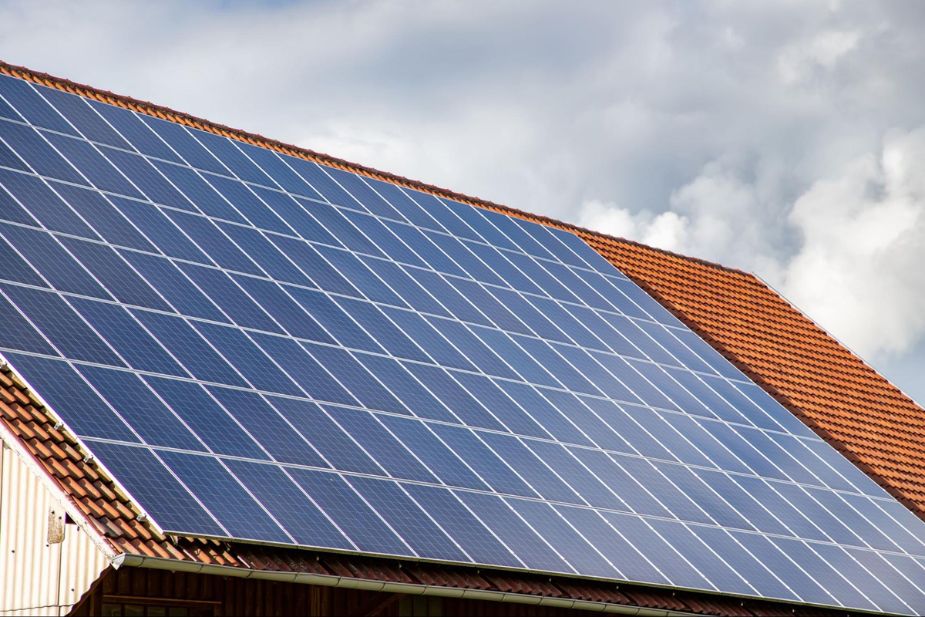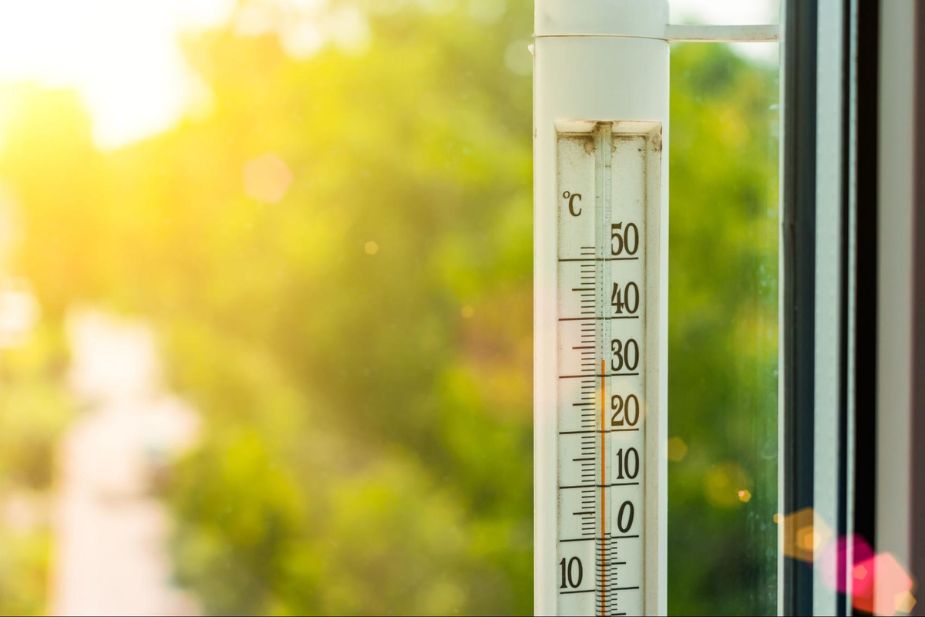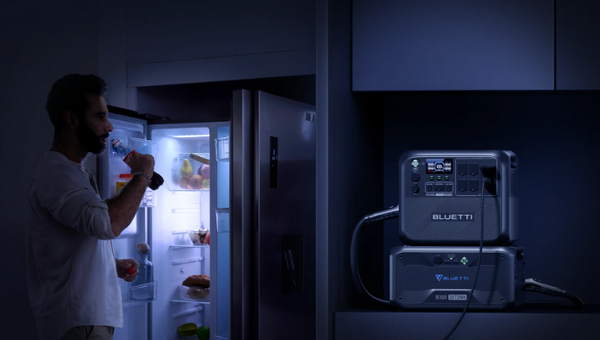Investing in a home battery system can be a great idea to save money on energy bills and to source your home with unlimited power. However, these batteries will only continue to work effectively with careful maintenance.
Regular maintenance is key to increasing your battery life. We¡¯ve collected a few of our best expert tips to help you get the most out of your home energy storage systems.
What is a Home Battery Backup System?
An energy storage system allows you to capture energy for use at a later time. Many people pair these batteries with solar panels in order to use the electricity that they generate throughout the day. They can offer great support for blackouts and rising energy costs.
Why is Battery Maintenance So Important?
Frequently inspecting your battery is critical for a long-lasting and productive system. Without regular maintenance checks, issues may go unnoticed and this can not only harm the system but also create dangerous health and safety risks.
The type of maintenance that is expected will differ depending on the type of battery that you own. There are four main types of batteries:
- Lithium Ion
- Lead Acid
- Nickel-Cadmium
- Flow
Each battery poses its own unique requirements and risks. When using lead acid batteries, it is vital to ensure a high state of charge (SOC). If the SOC is too low, then sulfation can occur. Sulfation happens when the battery is deprived of full charge and sulfur crystals form on the batteries lead plates, preventing chemical reactions from occurring.? Constant monitoring and controlling of lead batteries is important as studies show that 80% of failures are caused by sulfation.
Although sulfation is less of a risk for lithium ion batteries, they have their own set of dangers. Temperature plays an important role in ensuring your lithium battery is running correctly. These batteries can enter uncontrollable self-heating states resulting in fires and even explosions. Checking on your batteries regularly and following expert advice can help ensure that these risks never happen.
Top Tips For Battery Maintenance
Use The Correct Charger
Charging is the process of applying an external voltage to force the flow of electrons from the cathode (positive electrode) to the anode (negative electrode). Each battery has its own charging process and specification, which is why it is imperative to use the correct charger.
By using the correct charger, you can ensure that the correct voltage is being applied. Voltage is simply the pressure that moves the current through an electrical system.
Overcharging your batteries can do prolific harm to their lifespan. With new technology available, LiFePO4 batteries are equipped with a Battery Management System (BMS) to cut the external power when the battery is fully charged. If your battery is not already equipped with this feature, it is important for you to remove the power source yourself.
When choosing how to charge your battery, there are a few options available. Some of the simplest include smart chargers that allow you to adjust the voltage according to the battery profile. This can maximize the performance and lifespan of your battery.
Another popular option for charging batteries is solar power. By connecting your PV panels to your backup system, you will have endless charging throughout the day.

Keep at the Correct Temperature
Batteries work most efficiently when they are kept at the correct temperature. For most batteries, this ranges between 5 and 40 degrees.
At low temperatures, the electrochemistry is slowed. However, at high temperatures, the risk for internal corrosion is increased.
LiFePO4 batteries drain energy faster in cold temperatures as they use some of their energy to heat themselves enough to function. This can prove harmful to the battery. When temperatures are cold, using a battery heater or thermal insulation can combat these risks. Alternatively, in hot climates, it is best to store your battery in a shaded and well-ventilated space.

Store Your Battery Correctly
Keeping your battery safe can play a major role in ensuring a long lifespan. For most batteries, it is recommended to charge them to 50-60% before placing them into storage. This provides
the battery with plenty of time before the voltage will drop to a dangerous point due to self-discharge.
Self-discharge refers to the internal process that causes batteries to drain energy quicker even when no electrical consumers are connected.
Respecting the Depth of Discharge (DoD) is also important to allow your battery more cycles. DoD indicates the percentage of the battery that has been discharged. For most LiFePO4 batteries, DoD is recommended at 80%.
Once your battery is stored, once again ensure that the external temperature is not damaging to the battery.
Keep Your Battery Clean
Keeping your batteries clean and dry can help maximize their performance and lifespan. Dirt, debris and moisture can contribute towards corrosion and leakage.
To maintain a clean battery, simply dampen a cloth with distilled water and gently wipe the batteries clean. Be careful with the amount of water you use as you do not want to get your battery too wet. After cleaning, ensure that the area is left dry.
We recommend using rubber gloves and goggles due to the exposure to battery acid.
?
Home Storage At Bluetti
Choosing the right battery storage for you largely depends on your energy uses and goals. Here at Bluetti, our backup systems combine cutting-edge technology and a keen focus on efficient energy to ensure that your home is always powered.

Our extensive range of batteries can help you keep your home running no matter the situation. Our products have unparalleled safety and backup protection, helping you to become more independent from the grid.
Contact BLUETTI specialist team to discover more about home backup systems and how they can help you.



